
Nutrient-Rich Compost: A Natural Fertilizer for Succulents
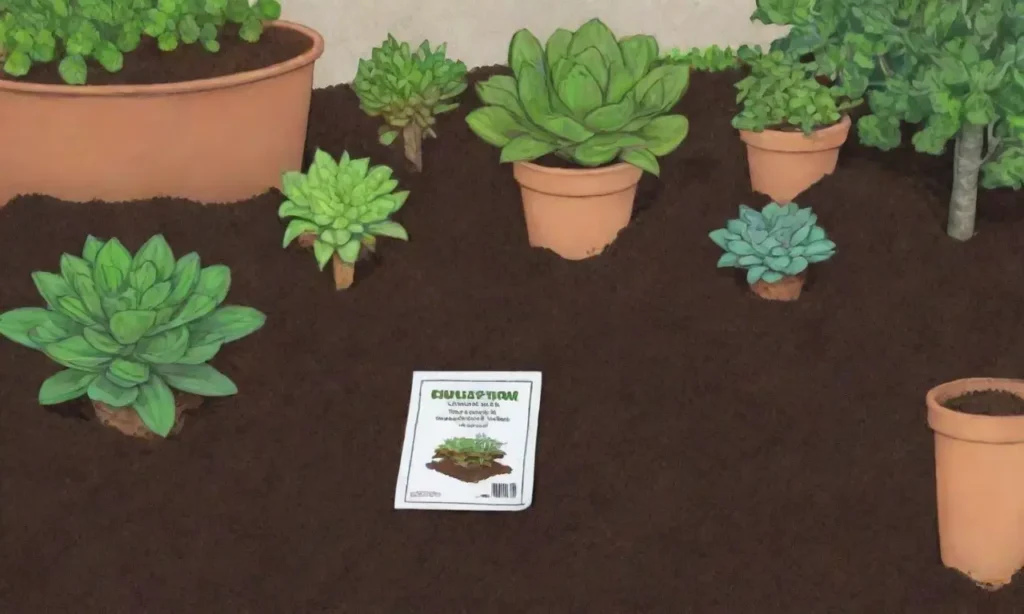
Introduction
Growing succulents is a wonderful journey filled with diverse colors, unique shapes, and low-maintenance care. These resilient plants have captivated both novice and seasoned gardeners due to their remarkable ability to thrive in arid environments. However, while succulents are generally low-maintenance, they still need adequate nutrients to flourish. This is where nutrient-rich compost comes into play. It serves as a natural fertilizer that not only enriches the soil but also supports the health and growth of succulent plants.
This article aims to explore the significance of nutrient-rich compost in cultivating succulents. We will delve into what compost is, how it is made, its benefits, how to apply it specifically to succulents, and the tips to create a rich compost mix. By the end of this article, you should have a comprehensive understanding of how to leverage compost to enhance the vitality of your succulent garden.
What is Nutrient-Rich Compost?
Nutrient-rich compost refers to organic matter that has been decomposed and recycled back into the soil, serving as a natural fertilizer. Composed primarily of leaves, grass clippings, kitchen scraps, and other organic materials, compost provides a wealth of essential nutrients needed for plant growth. The decomposition process transforms this organic material into a dark, crumbly substance packed with microbial life, nutrients, and beneficial fungi.
The key characteristics of nutrient-rich compost include its ability to improve soil structure, retain moisture, and encourage microbial activity. This is particularly beneficial for succulents, which, despite their adaptability to arid conditions, require well-draining soil that can support their unique root systems. By providing a habitat for beneficial organisms, compost not only nourishes the succulents but also increases the soil's overall health.
Moreover, nutrient-rich compost is an environmentally friendly option for gardening. Utilizing kitchen scraps and yard waste helps reduce landfill waste and supports sustainable gardening practices. By choosing to create your compost, you are minimizing the use of synthetic fertilizers, which can have negative impacts on both plant health and the environment.
The Benefits of Using Compost for Succulents
Enhancing Nutritional Value
One of the most significant benefits of using nutrient-rich compost in succulent care is its ability to enhance the nutritional value of the soil. Compost is a natural source of a variety of nutrients, including nitrogen, phosphorus, potassium, and essential micronutrients like calcium and magnesium. These elements play crucial roles in processes such as photosynthesis, root development, and overall plant vigor.
For succulents, nutrient availability is particularly important during their growing season. While these plants are known for thriving on minimal nutrients, they do benefit from periodic feeding, especially if they show signs of stress or stunted growth. By incorporating compost into your succulent care routine, you can ensure that your plants are receiving balanced nutrition to support their development.
 Understanding Soil pH and Its Impact on Succulent Fertilization
Understanding Soil pH and Its Impact on Succulent FertilizationImproving Soil Structure and Drainage
Another essential benefit that compost brings to succulent care is improved soil structure and drainage capabilities. Succulents require fast-draining soil to prevent root rot, a common issue caused by excessive moisture retention. Compost helps improve soil aeration and drainage by creating a loose, crumbly texture that allows water to pass through more freely.
When mixed with potting soil or other growing mediums, compost facilitates greater oxygen availability to the roots. This is particularly beneficial for succulent varieties that tend to have shallow roots. An airy soil mix encourages healthy root growth, helping plants absorb nutrients efficiently while minimizing the risk of diseases associated with compacted or poorly draining soils.
Supporting Microbial Health
In addition to its nutritional benefits and soil structure enhancement, compost is teeming with beneficial microorganisms. These organisms, such as bacteria and fungi, play a vital role in breaking down organic matter, making nutrients more accessible to plants. They also help suppress disease-causing pathogens in the soil, creating a healthier environment for your succulents.
These microorganisms work symbiotically with the roots of succulents, providing them with additional support to absorb essential nutrients. This relationship can significantly improve the overall health and resilience of the plants. By using compost rich in microbial life, you are fostering a robust ecosystem that encourages vibrant growth and minimizes the chances of pest infestations and diseases.
How to Apply Compost to Succulents
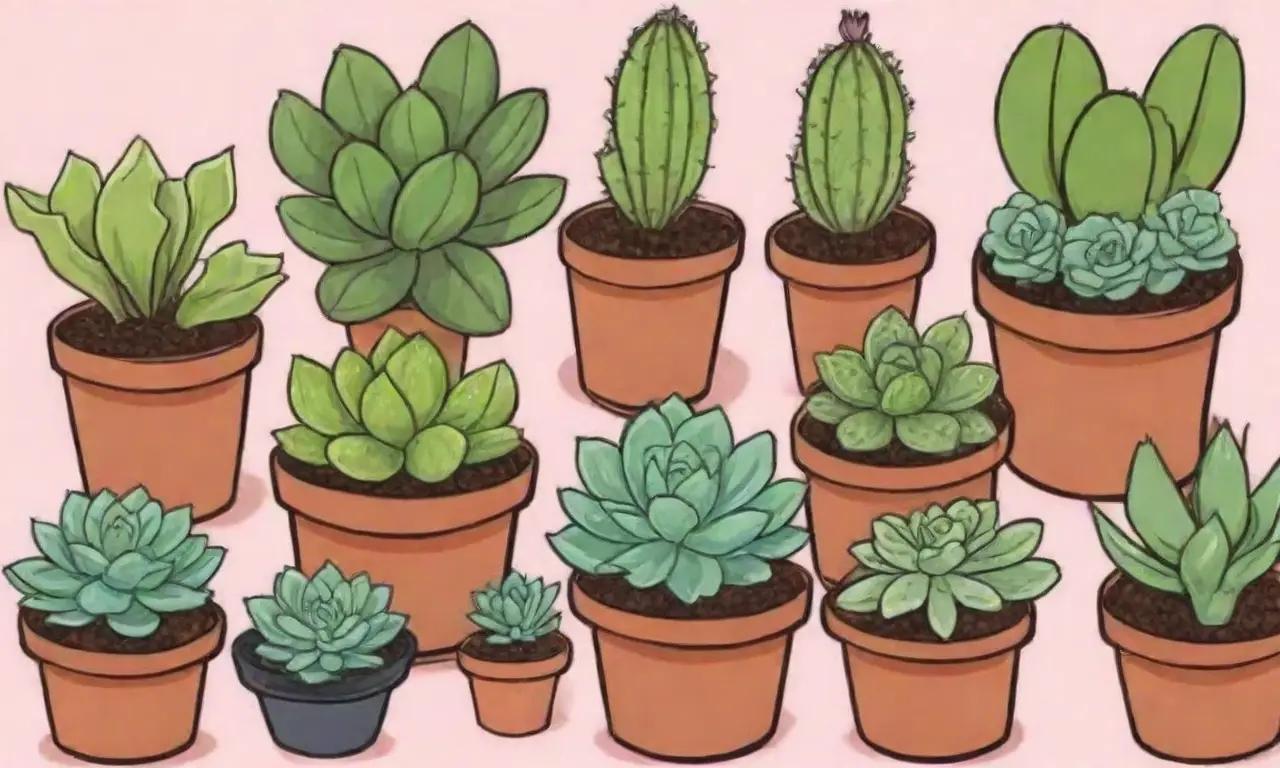
Preparation of Soil Mixture
When preparing to pot succulents or to replenish existing plants, incorporating compost requires careful consideration of the soil mixture. Succulents thrive in a well-draining medium, and while compost is beneficial, it should not be the sole component of the mix. A good recipe for a succulent potting mix typically consists of equal parts of compost, coarse sand, and perlite or pumice.
This combination provides excellent drainage while still allowing for nutrient retention. The coarse sand ensures that excess water easily passes through, while the compost adds the necessary nutrients. Adjusting the ratios can be beneficial based on the specific needs of the succulent species you are growing. Additionally, always opt for compost that is fully decomposed to avoid introducing any pathogens or weed seeds.
 Combination Fertilizers: How They Benefit Your Succulent Garden
Combination Fertilizers: How They Benefit Your Succulent GardenFrequency and Amount of Application
For optimal results, it is essential to apply compost at appropriate intervals. Generally, applying compost-infused soil when first potting or repotting succulents is ideal. However, to maintain nutrient levels, you can add a thin layer of compost on the soil surface every few months, especially during the growing season (spring and summer).
When applying compost, a light touch is advised. A layer of about half an inch should suffice, ensuring that it does not compact around the roots or promote pooling of excess moisture. Always observe your succulents after applying compost; if you notice that the plants appear more vigorous and healthier, you are on the right track!
Monitoring Plant Health
Incorporating compost into your succulent's care also means keeping a keen eye on their health. If succulents begin to show signs of distress, such as yellowing leaves or stunted growth, it may indicate that your compost mix requires adjustments. Be mindful of the balance between compost and other soil components, as too much organic matter can lead to poor drainage and ultimately cause root rot.
When monitoring plant health after the application of compost, observe how they respond. Ideally, you want to see growth acceleration, vibrant color, and robust leaf structure. If you observe adverse effects, consider modifying your compost mix or your application frequency to better match the needs of your specific succulent varieties.
Tips for Creating Quality Nutrient-Rich Compost
Choosing the Right Ingredients
The key to creating a high-quality, nutrient-rich compost lies in choosing the right ingredients. Start by sourcing a variety of organic matter from your kitchen and garden. Fruit and vegetable scraps, coffee grounds, eggshells, and dried leaves are excellent materials for compost. These ingredients provide a balanced nutrient profile, ensuring that your compost is diverse and full of life.
It's essential to balance carbon and nitrogen materials. Carbon-rich materials, often referred to as brown materials (like dried leaves and straw), should be mixed with nitrogen-rich materials, known as green materials (such as food scraps and fresh grass clippings). A general rule of thumb is to aim for a ratio of about 3:1 (carbon to nitrogen) to achieve optimal composting.
The Importance of Aeration and Moisture
Another critical aspect of composting is maintaining proper aeration and moisture levels. To ensure that your compost heap remains aerobic, truck it at regular intervals to introduce air and encourage the activity of beneficial microorganisms. This aeration prevents anaerobic decomposition and the development of unpleasant odors.
 Signs Your Succulents Need Fertilizer: What to Look For
Signs Your Succulents Need Fertilizer: What to Look ForMoisture content is equally important. Ideally, your compost should be as damp as a wrung-out sponge. It's important to avoid over-saturating your compost pile, as too much water can lead to anaerobic conditions. Conversely, too little moisture will slow down the decomposition process. Regularly monitor your compost and supplement with water or dry materials as needed.
Timing the Composting Process
Composting is a process that takes time, so patience is essential. Depending on the ingredients used and environmental conditions, compost can take anywhere from months to a year to fully mature. Knowing when your compost is ready is key. When the original materials are no longer recognizable, and the compost has a dark, crumbly texture with a rich earthy smell, it is time to utilize it.
To expedite the process, consider using a compost thermometer to monitor the internal temperature of your compost pile. A temperature between 130 and 160 degrees Fahrenheit indicates that the compost is actively breaking down. When the temperature begins to drop, it’s a sign that the compost is nearing completion and is ready for application to your succulents.
Conclusion
In summary, nutrient-rich compost serves as an essential component for the successful growth of succulents. Offering a wealth of essential nutrients, improving soil structure, supporting microbial health, and being environmentally friendly, compost enhances both the plants' vitality and the gardening experience. By understanding how to apply compost effectively and create high-quality mixes, you can elevate the health of your succulents while embracing sustainable gardening practices.
As you venture into the world of composting, remember to experiment with different combinations and techniques tailored to your unique garden needs. Each plant has its own preferences, and through observation and practice, you'll refine your approach, leading to a flourishing landscape filled with thriving, colorful succulents.
Ultimately, the care and effort you invest in using nutrient-rich compost will yield bountiful results, rewarding you with an enchanting array of succulents that can beautify any space. It is your journey as a gardener that will pave the way for a vibrant and thriving succulent haven!
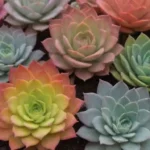 Exploring Nutrient Deficiencies in Succulents and Their Solutions
Exploring Nutrient Deficiencies in Succulents and Their SolutionsIf you want to read more articles similar to Nutrient-Rich Compost: A Natural Fertilizer for Succulents, you can visit the Fertilizing tips category.

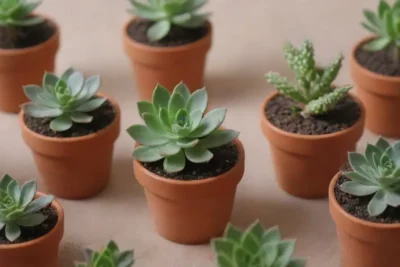
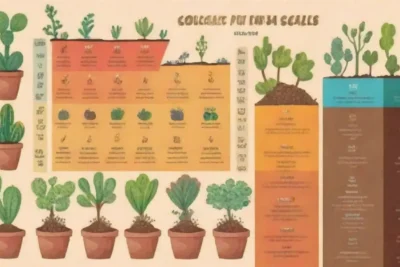
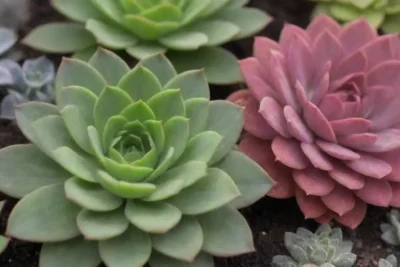
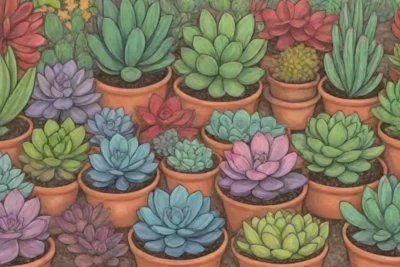
You Must Read